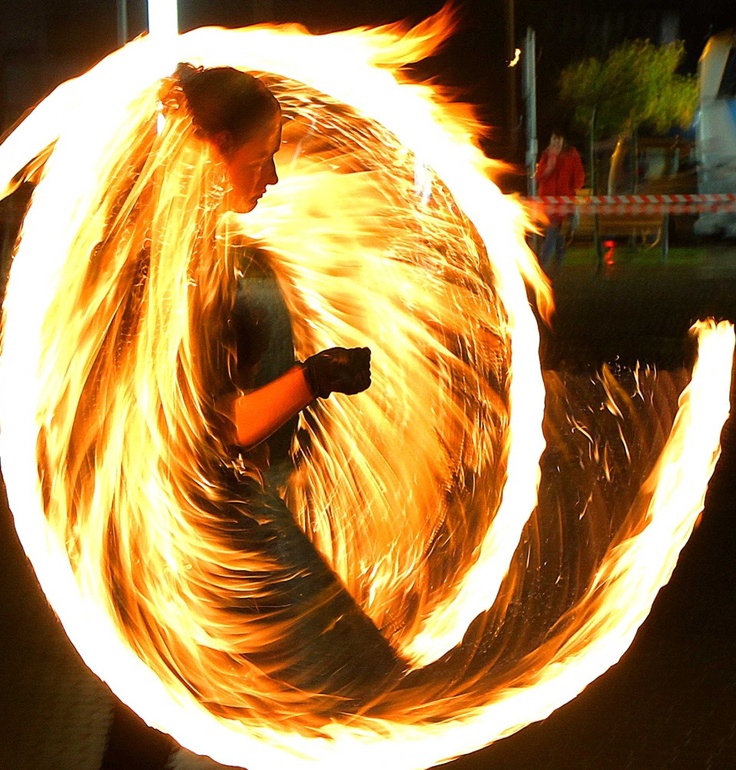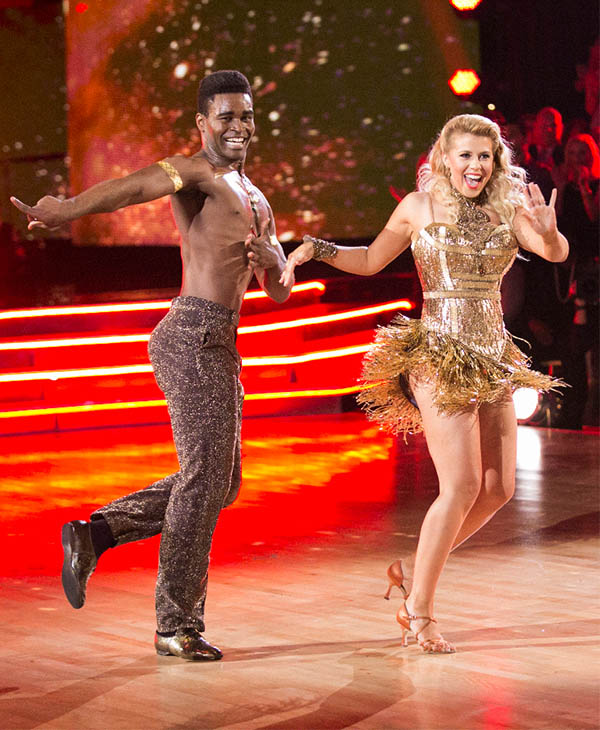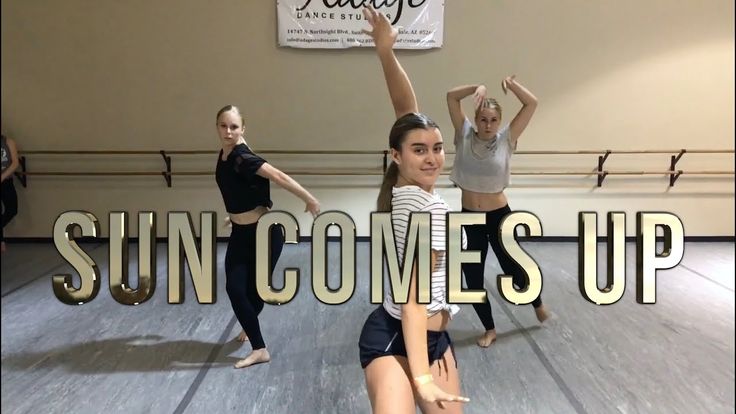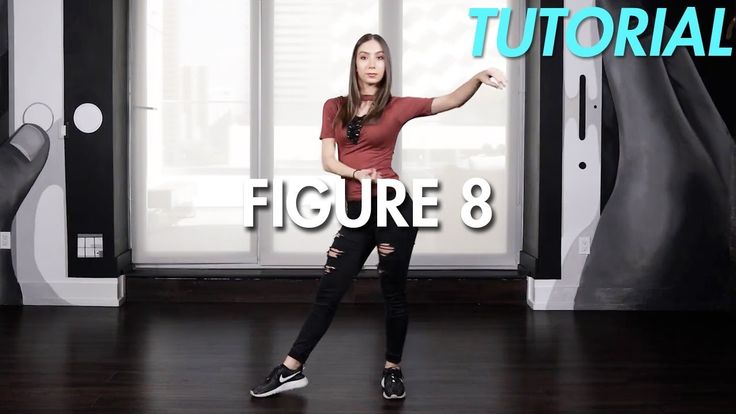How to make dance shoes less slippery
How to make your ballet shoes less slippery
For our series Ask A Dance Teacher, we asked ballet teacher Johanna Hadley some common questions about ballet training.
Our question was, “How can we make our ballet shoes less slippery?”
Watch our video and find out:.
How to make your ballet shoes less slipperyCheck your dance floor
If you are struggling with slippery ballet shoes the first thing I would recommend that you do is to check the flooring that you’re dancing on. I’ve normally found that it’s not actually the shoes that are causing the problem but the flooring. So check for things like, is the flooring clean or does it have a layer of dust and dirt on it. Or is it a highly polished floor, because all of these are going to make your ballet shoes feel a lot more slippery.
Dampen the sole of your ballet shoes
For the next two methods I would recommend speaking with your dance teacher first, because they can damage flooring especially if you’ve got specialist dance flooring in your room. So do check these methods with your dance teacher. I found these next two to be very useful. My first suggestion that I have for making your ballet shoes less slippery is to actually dampen the sole of your ballet shoes. Now we don’t want the shoe to get wet, it’s just the sole of the shoe here that we’re wanting to dampen. The best way to do this is to use a paper towel. Just a damp paper towel and you can either wipe it on the sole and the heel of the shoe, or if you pop it on the floor and step on it, it will make the sole of the shoe a darker colour. It really does make a huge difference for just giving that little bit more stick to your shoe as you’re dancing. Just be aware that as soon as it dries out, it will go back to being slippery again.
Use rosin to help reduce slippery shoes
My final suggestion for making ballet shoes less slippery is to use rosin. Now this is something that has been used for many years by ballet dancers it’s used particularly for point shoes, especially when dancing on modern floors. But it’s also really good for flat ballet shoes. Now as I did mention earlier on in the video, do check with your dance teacher because if you have a specific dance flooring you can’t use rosin on those floorings. This would only be ideal if it’s say like a wooden flooring. You can either buy rosin like a ready crushed form. Get a little tray, sprinkle some rosin in it and then you can just step in it. It does create a little bit of a cracking sound but it creates a much more resistance underneath the shoe. Just be careful you don’t put too much on because it can also then go to the other way where you can actually start getting stuck as you’re dancing. Alternatively you can just get it in a solid block form like you would use for a violin. Crush it up yourself and put it in a tray as before.
Now this is something that has been used for many years by ballet dancers it’s used particularly for point shoes, especially when dancing on modern floors. But it’s also really good for flat ballet shoes. Now as I did mention earlier on in the video, do check with your dance teacher because if you have a specific dance flooring you can’t use rosin on those floorings. This would only be ideal if it’s say like a wooden flooring. You can either buy rosin like a ready crushed form. Get a little tray, sprinkle some rosin in it and then you can just step in it. It does create a little bit of a cracking sound but it creates a much more resistance underneath the shoe. Just be careful you don’t put too much on because it can also then go to the other way where you can actually start getting stuck as you’re dancing. Alternatively you can just get it in a solid block form like you would use for a violin. Crush it up yourself and put it in a tray as before.
Johanna Hadley
Johanna Hadley is a fully qualified dance teacher at the Janet Lomas School of Dancing in Bury, Lancashire.
She regularly teaches children from beginner to advanced levels, with students gaining places at some of the UK’s top full-time ballet schools.
Her Silver Swans® ballet class have been widely featured on TV, radio and in national newspapers.
10 Methods How To Make Dance Shoes Less Slippery – Dancewear Tips
It can be very uncomfortable and distracting when you step on the dance floor, and you notice that your dance shoes are too slippery. You simply cannot relax and put your best foot forward, literally. Latin and Ballroom dance shoes have a suede sole that allows dancers to slide easily on the dance floor. It is not good when dance shoes are too slippery, so this article will cover ways on how to make your dance shoes less slippery while dancing.
The last thing anyone wants is to slip and fall while dancing and risking injuring yourself and your dance partner. I am sure this is one of the reasons you cannot fully relax and enjoy your dance session. I want you to be carefree on the dance floor, so I will provide you with various methods to make your dance shoes less slippery.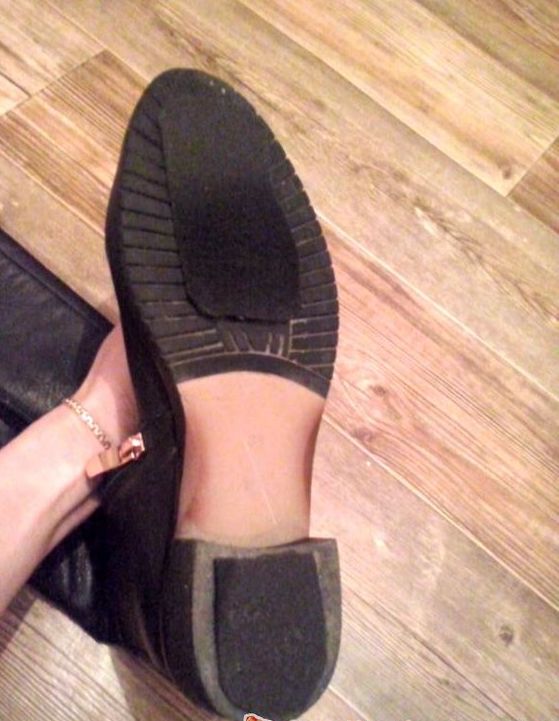
Dance shoes should be slippery and are made with suede soles for you to easily spin, slide, and turn while performing those fun dance moves. However, they shouldn’t be too slippery, so you might worry about your safety and the safety of others around you.
How To Make Dance Shoes Less Slippery?
New pair of dance shoes or dance shoes that are too worn out can have slippery soles. It is not just inconveniencing having too slippery soles; it is actually a matter of safety because you could injure yourself and others around you by slipping and falling.
With a few simple tricks I will mention below, you don’t have to get rid of your slippery dance shoes, but rather make them grip better on the dance floor while having fun dancing.
1.Remove Excess Hair
Remove the excess hair from the bottom of the dance shoes. Ladies shed a lot, and it not uncommon that the floor is full of hair, although we cannot see it with our eyes. This can make our shoes very slippery without you even realizing that’s the cause.
This can make our shoes very slippery without you even realizing that’s the cause.
When you notice that your shoes are more slippery than usual, just rub the shoes’ soles against each other, and all the hair stuck there will fall off. This way, you don’t have to touch the hair if you are disgusted by it.
2. Use Rosin
Before I start talking about rosin, I would like to inform you that rosin should never be in contact with bare feet or hands. Pour it into a carton box, put your shoes on, and dip the bottom of your shoes in rosin.
I would recommend using Pale Yellow Rock Rosin that you can find on Amazon. Just apply a little bit of it on the bottom of your shoes, and you are good to go. This is an ideal size for travel, and if you find that the pieces are too big, you could crush them in an old sock.
Ballet dancers most commonly use rosin to better grip the floor. However, other dancers can use it too if their dance shoes or floor are too slippery.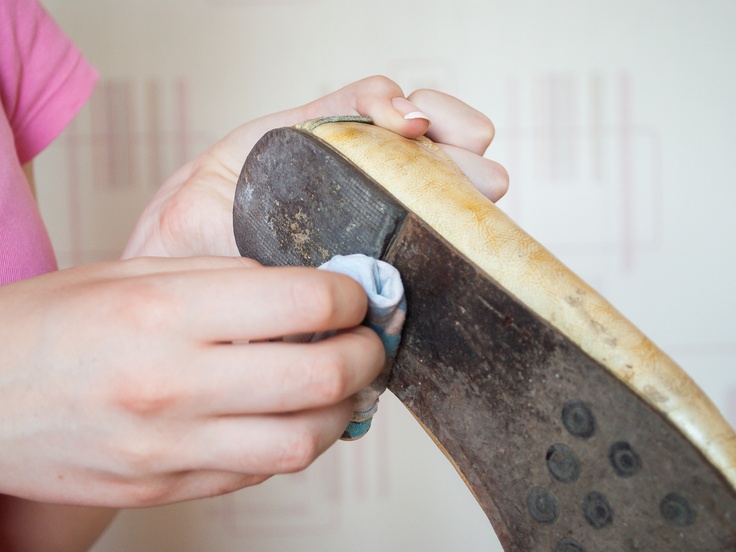
Please note that you need to talk to your dance instructor if it is ok to use rosin because it may leave debris or damage on the floor (depending on the type of floor it is). Rosin can do a lot of damage to the wood floor, so please consult your dance instructor before using rosin.
3. Use Hairspray
My next tip to make your dance shoes less slippery is to spray the soles with hairspray. This is an old trick but comes in handy now and then.
Simply spray the bottom of the shoes with hairspray and let it air dry for a little bit while and gently tap it with your fingers to create more texture.
4. Use Wet Napkin
The next tip is to dab your dance shoe soles with a wet napkin. Before you have a dance session, go to a bathroom and pour a little a bit of water on the napkin and gently dob it on the shoes’ sole.
Keep extra wet napkin close to you while dancing. If you notice that your shoes are getting slippery again, just apply wet napkins on the bottom of the shoes and continue dancing again without slipping.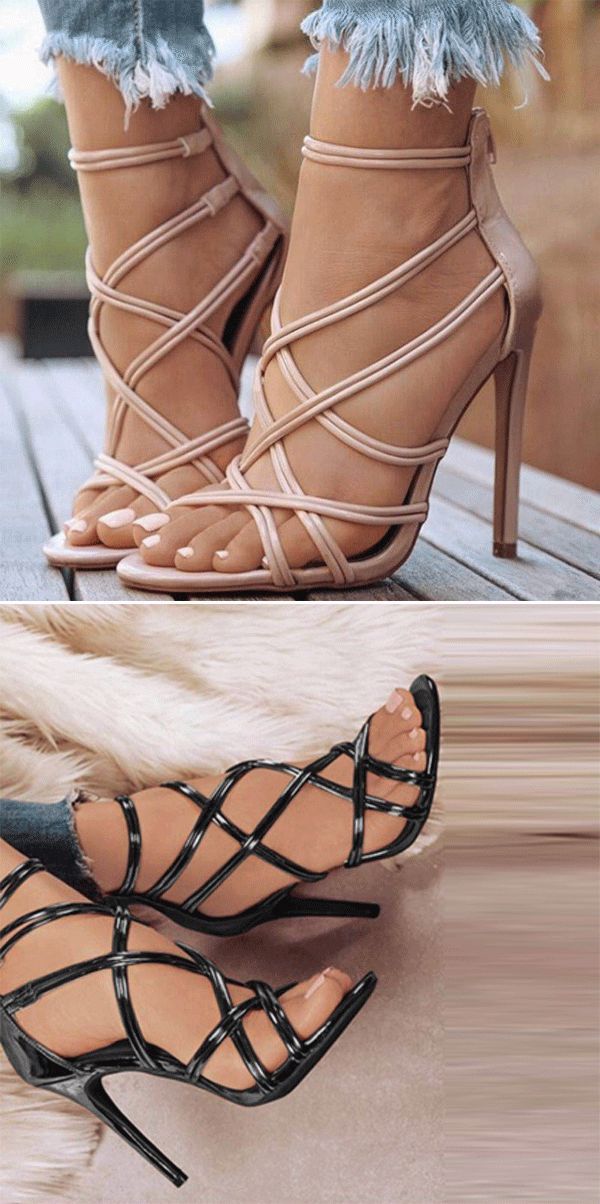
You will have to do this method a few times during your dance sessions, but this is the least messy method out of all the options I have mentioned so far.
5. Scuff The Sole On Rough Surfaces
If you got a new pair of dance shoes or your old dance shoes are too worn out, they may be too slippery for your safety and performance. Usually, dance shoes will get a better grip once they are worn a little bit.
Ensure that whatever method you are using does not attract more dirt on the dance floor because this will make everything more difficult for other dancers. To make your dance shoes less slippery, just walk a little bit on a concrete surface that is dry and not too dirty.
Please don’t overdo it because you could damage the sole permanently and the shoes won’t be suitable for dancing anymore.
6. Wear Your New Dance Shoes
If you’ve got a new pair of dance shoes, it is expected they may be too slippery. If this is the case, wear them around your house while you are doing the chores. It will help by improving traction, and you will be ready for the dance floor.
If this is the case, wear them around your house while you are doing the chores. It will help by improving traction, and you will be ready for the dance floor.
7. Sandpaper
Sandpaper can help in making your dance shoes less slippery. Simply, rub the smoothest part of your shoe sole with sandpaper until they develop a more textured feel. Don’t overdo it because this could make your dance shoes not slippery at all, and we don’t want that. Test your shoe’s slippiness after you rub sandpaper on them for a little bit. If they are still too slippery for your liking, then rub them some more.
8. Use Nail File
If you don’t have sandpaper handy, a nail file will do a good job as well. The procedure is the same as with sandpaper. Scuff the smoothest part of your shoes that come in direct contact with the floor.
9. Purchase Grip Pad
Grip pads are an excellent choice to make your dance shoes less slippery temporarily. If you have an older pair of dance shoes, the issue could be that the sole is too worn out. So, investing in a grip pad could solve the problem.
If you have an older pair of dance shoes, the issue could be that the sole is too worn out. So, investing in a grip pad could solve the problem.
Simply apply the grip pad on your dance shoes’ sole and start busting some dance moves carefree.
I would recommend purchasing Foot Self-Adhesive Non-Skid Shoe Pads Anti Slip Shoe Grips for High Heel of the Amazon. These non-slip cushioned pads will provide you with stability on the dance floor and make you feel safe to walk and dance.
10. Apply Coke On The Sole
Mix a little bit of coke and water, and then use cotton balls, dip them into the mixture, and gently dab it into the sole of your dance shoes.
If you find that your shoes are not soaking up the mixture very well due to the sole’s material, then soak up a sponge into the coke and water mixture and step onto it.
However, make sure you talk to your dance instructor before doing this because this method is too messy and might leave sticky marks on the floor that other dancers might not like.
What If The Dance Floor Is Too Slippery And Not Your Shoes
Whether you are a professional or social dancer, a slippery floor can make you very uncomfortable. If you are not heavily involved with the studio, especially if you are a beginner or learning to dance for social purposes only, then talk to your dance instructor, and they will know what to do.
Depending on the type of floor it is, the slippiness could be caused by something on the finish that could be removed. A clean floor should not be slippery. The reason for slippiness could be too much wax, water, or dirt and dust on the floor. If you notice that the floor is too dirty, mentioned it to the person responsible for the dance studio.
To make the floor less slippery, combine one part vinegar and two parts water. Mop the floor with the mixture to remove old waxy residues and cleaning products that make floors slippery.
If the floor is wet to the touch after mopping, run a dry mop over it to absorb excess liquid.![]()
Final Words
Dancing is one of the most fun activities out there. It should be relaxing, and you shouldn’t be worrying about anything. Especially, you shouldn’t be concerned if your shoes are safe enough for you to dance in them. I know it may be hard to focus on your dance steps when you are worried that you might slip and fall and injure yourself and the people around you. These ten methods of making your dance shoes less slippery should make you feel safer and help you enjoy dancing even more. These methods will give you “pep in your step,” the figure of speech 😉
Happy dancing!
What to do with an uncomfortable dance floor?
A Hindu proverb says, "He who cannot dance puts the blame on the dance floor", but let's consider a situation where the dance floor is really uncomfortable!
If the dance floor is too slippery, you feel like a cow on ice and are afraid to dance for fear of losing your balance. Of course, a lot of spins look very impressive, but on a slippery floor you can't properly start them and finish them too.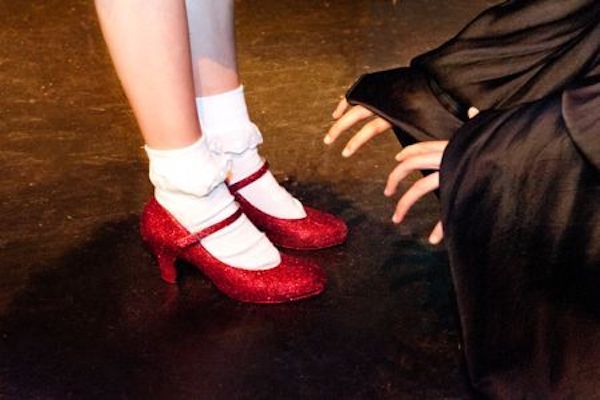 And if the dance floor is too sticky, it's hard to do something quickly, and your knees may start to hurt.
And if the dance floor is too sticky, it's hard to do something quickly, and your knees may start to hurt.
Finding the perfect dance floor is like chasing a ghost, so most of the time we'll have to deal with less than ideal ones.
But there are some tricks that will help you.
Sticky dance floors
Sticky floors can be easily corrected with baby powder. The downside is that it needs to coat the floor surface, so unless you're in a place where people are used to it, just apply the powder on the soles of your shoes, not on the dance floor, although this reduces the effect somewhat. Also remember that everyone's subjective sense of how sticky the floor is is different. Don't think that if you can't turn around, then the whole dance floor needs to be treated and that everyone will thank you for it.
Don't overuse twists and turns (Your own or your partner's) when the dance floor is sticky! You can damage your knee joints.
Slippery dance floors
A slippery dance floor can be a more difficult problem. I've experimented with a lot of traditional remedies (and some non-traditional ones), but your best bet is castor oil. It will get you through a few dances before it dries. Use it sparingly on the soles of your shoes as it is very sticky and can make slipping difficult. If you overdo it.
I've experimented with a lot of traditional remedies (and some non-traditional ones), but your best bet is castor oil. It will get you through a few dances before it dries. Use it sparingly on the soles of your shoes as it is very sticky and can make slipping difficult. If you overdo it.
Wax also helps, but only at the very beginning. It must be constantly shaken off and reapplied, otherwise it becomes slippery on its own. But many people complain about it.
If you don't have any of these, water or soda will help too. Unfortunately, they dry out very quickly due to the high friction temperature.
And of course using a shoe brush can give a good result, although it works less and less as the shoes wear out and then it is used more for cleaning.
Good technique
In addition to the above methods, good technique will help you dance on an uncomfortable dance floor.
More often than not, it is beginners who will be dissatisfied with an imperfect gender or any gender that is different from what they are used to. With experience on the dance floor, which used to be perceived as slippery, it becomes easier to dance.
With experience on the dance floor, which used to be perceived as slippery, it becomes easier to dance.
Your center of gravity must always be exactly over the foot you are stepping on, otherwise you will easily slip. Avoid large steps and steps at a slight angle to the dance floor. Relax your legs and straighten your toes in order to get the best grip.
Tips for girls with high heels
If you are afraid of falling and push yourself up, your body becomes rigid, which increases the risk of falling. The more you use and work with the floor, the more relaxed and stable you become.
Try to lower the weight from the top of your shoulders to your hips. Watch your position to make sure you balance yourself and don't reach for your partner for support.
If you don't feel comfortable or stable enough in high heels, consider wearing flats or jazz shoes until you can better control your weight.
Masking tape
With slippery and sticky dance floors, masking tape can help. It is glued in horizontal or vertical stripes on the sole of the shoe.
It is glued in horizontal or vertical stripes on the sole of the shoe.
Masking tape is special because it is easy to remove. However, once the tape becomes frayed, it becomes more difficult to remove, so I would recommend using the tape for a night or two and then peeling off the shoes.
The almost magical thing is that the tape has the right degree of slip on any surface except very slippery.
My old dance shoes (with hard rubber soles) started to get sticky on good ground. Instead of throwing away my sneakers and buying new ones, I put masking tape on them and they became comfortable to dance in again.
Here are some situations where masking tape can help:
1. On any sticky floor. It doesn't matter if it's wooden or not. Dance floor coverings can be very different: concrete, vinyl, carpet, sticky wood floor and so on. If you think the surface is too sticky, use this tape. It can make your night much more pleasant.
2. When you need to dance on paving slabs or on concrete. There are times when you have to dance outdoors, and often the dancing surface is not ideal at all. It is very difficult to rotate on paving slabs and you can injure your knees. Just stick painter's tape on your shoes and you can do double or even triple spins. Everyone else will be watching and wondering how you do it.
When you need to dance on paving slabs or on concrete. There are times when you have to dance outdoors, and often the dancing surface is not ideal at all. It is very difficult to rotate on paving slabs and you can injure your knees. Just stick painter's tape on your shoes and you can do double or even triple spins. Everyone else will be watching and wondering how you do it.
I would also recommend using masking tape for shoes with suede soles to avoid damaging them.
3. When you want to dance not in dance shoes.
Great news - you can now use regular shoes with rubber soles for dancing! Just stick painter's tape on the sole.
4. Here is another very useful situation. Especially if you are a dance teacher. Usually beginners come to class in their casual shoes. Hand them masking tape and their shoes will instantly become comfortable for dancing.
How do you deal with uncomfortable dance floors? Write in the comments about your methods.![]() Perhaps this will be useful to someone.
Perhaps this will be useful to someone.
The article is based on materials from the sites: http://www.salsadancingtips.com, http://www.salsaville.com
how to make shoes not slip
Ice is one of the unpleasant and traumatic phenomena of winter. The risk of serious injury from a fall, slipping "out of the blue" is quite high. The problem is exacerbated by sliding shoes, which in some cases become a real disaster. To prevent the negative consequences of walking on ice, you need to take care of your own safety in advance, ideally at the time of buying shoes in a store. Simple recommendations for choosing warm boots or boots for the winter period will help you choose the model that is optimal in terms of safety:
- The presence of an anti-slip tread on the sole with a deep relief pattern. Refuse to buy a pair with a smooth sole.
- Choose models from manufacturers that adapt their products to the conditions of a long winter.
- To keep shoes from becoming slippery with the onset of frost, choose models with rubber or polyurethane soles.
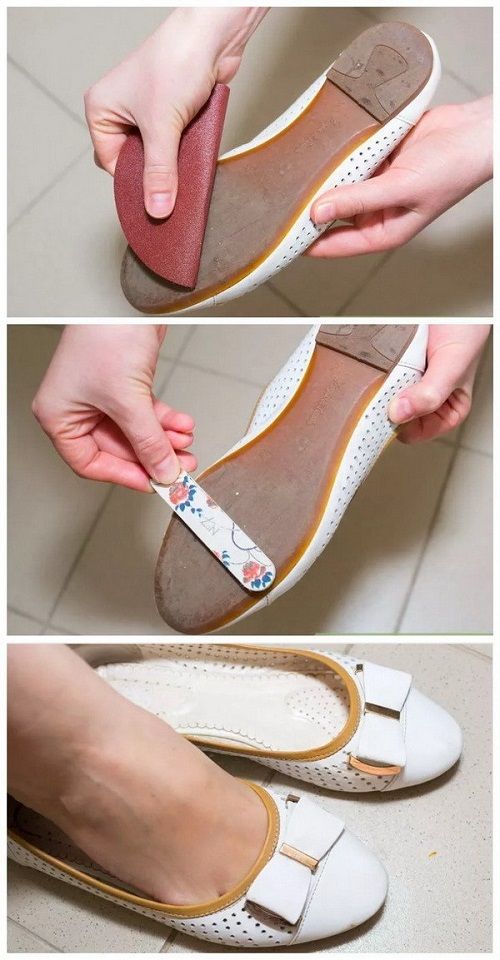
- For everyday wear, opt for solid heels or heels, avoiding stilettos, pointed toes and platforms that are too high.
How to make shoes not slip with the help of improvised means?
Selection tips are suitable for those who are just going to the store for a new pair of boots. But even for "worn out" boots, there are several ways to keep the shoes from slipping.
The best option is to take winter boots to the master to add rubber or polyurethane overlays to them, creating a relief surface. There are also folk ways to make the sole non-slip:
- Adhesion of a fabric adhesive tape with a random pattern - suitable for dry and frosty weather, the material falls off in slush.
- Adhesive dots applied to a dry and clean surface in a random pattern.
- Sticking pieces of sandpaper or using abrasive to rub the surface.
- Sand and glue combination - glue applied to the surface of the sole is sprinkled with sand.


